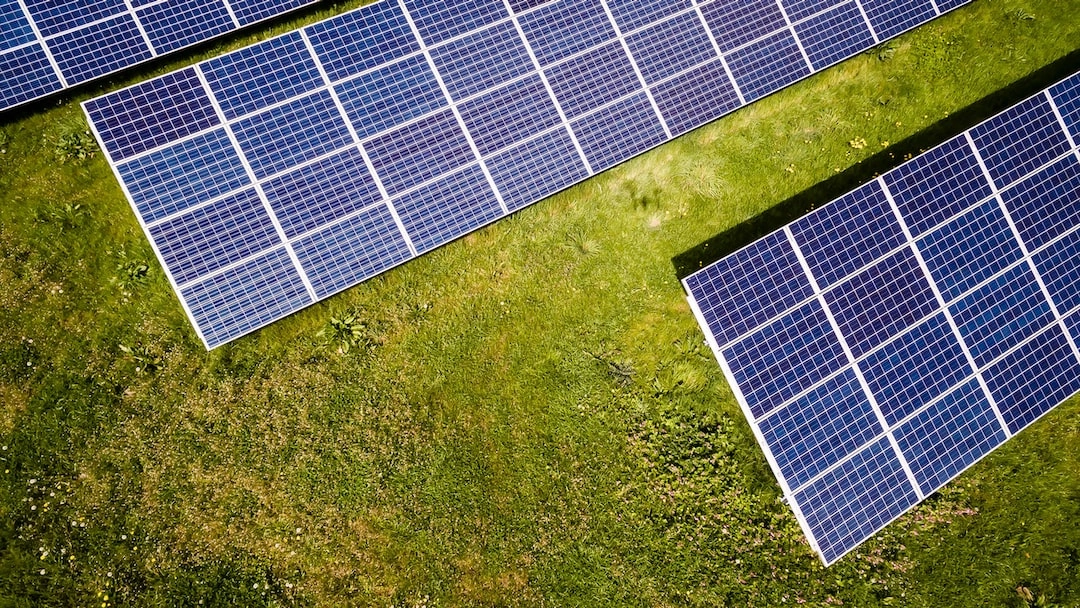
What is Sustainable Techniques in Cloud Computing Energy Efficiency?
Cloud computing has become an integral part of our modern digital landscape. It allows businesses and individuals to store, manage, and process vast amounts of data in remote servers, offering convenience and scalability. However, the growing reliance on cloud computing also raises concerns about environmental sustainability and energy efficiency. Sustainable techniques in cloud computing energy efficiency aim to minimize the environmental impact and optimize resource utilization throughout the lifecycle of cloud services. This comprehensive exploration will delve into the background, techniques, and case studies related to this important field.
Real-World Problems Associated with Sustainable Techniques in Cloud Computing Energy Efficiency
Despite the benefits of cloud computing, there are several real-world problems that need to be addressed in terms of energy efficiency and environmental sustainability. These problems include:
1. High Energy Consumption
Cloud data centers consume significant amounts of energy to power and cool the servers. This energy consumption contributes to carbon emissions and can strain local power grids. Sustainable techniques aim to reduce overall energy consumption by optimizing server utilization, implementing energy-efficient hardware, and adopting advanced cooling techniques.
2. Carbon Footprint
The rapid growth of cloud computing has led to an increase in the sector’s carbon footprint. Data centers contribute to greenhouse gas emissions, further exacerbating climate change. Sustainable techniques focus on minimizing carbon emissions by utilizing renewable energy sources, improving data center design, and implementing efficient cooling systems.
3. E-Waste Management
The constant upgrade and replacement of hardware in cloud data centers generate a significant amount of electronic waste. Sustainable techniques include responsible e-waste management practices such as recycling, refurbishing, and proper disposal of outdated equipment to minimize environmental impact.
4. Data Security and Privacy
Ensuring data security and maintaining user privacy are critical challenges in cloud computing. Sustainable techniques address these concerns by implementing robust security measures, encryption protocols, and data access controls to protect sensitive information and build trust among users.
In conclusion,
Sustainable techniques in cloud computing energy efficiency play a vital role in mitigating environmental concerns and optimizing resource utilization. By addressing the real-world problems associated with energy consumption, carbon footprint, e-waste management, and data security, we can foster a more sustainable and eco-friendly cloud computing ecosystem.

Solutions for Sustainable Techniques in Cloud Computing Energy Efficiency
Addressing the real-world problems associated with sustainable techniques in cloud computing energy efficiency requires innovative solutions. Here are some key strategies and approaches:
1. Optimizing Server Utilization
By implementing advanced virtualization techniques and load balancing algorithms, cloud service providers can maximize server utilization, reducing energy consumption and improving overall efficiency.
2. Adopting Energy-Efficient Hardware
Cloud data centers can benefit from using energy-efficient hardware components and servers that are specifically designed to consume less power while maintaining high levels of performance. This not only reduces energy consumption but also lowers operational costs.
3. Utilizing Renewable Energy Sources
One of the most impactful solutions is to power cloud data centers using renewable energy sources such as solar, wind, or hydroelectric power. By relying on clean energy, the carbon footprint of cloud computing can be significantly reduced.
4. Enhancing Cooling Systems
Improving cooling technologies and implementing more efficient cooling systems can reduce energy consumption and optimize temperature regulation in data centers. This includes utilizing innovative techniques like liquid cooling and advanced airflow management.
5. Implementing Responsible E-Waste Management
Cloud service providers should prioritize responsible e-waste management practices. This includes recycling and refurbishing old equipment, properly disposing of electronic waste, and implementing sustainable procurement strategies.
6. Strengthening Data Security and Privacy
Enhancing security measures, encryption protocols, and access controls are essential for ensuring data security and privacy in cloud computing. Increasing trust among users through robust security practices contributes to the long-term sustainability and success of cloud services.
In conclusion,
By implementing these solutions, the field of sustainable techniques in cloud computing energy efficiency can effectively address the real-world problems associated with energy consumption, carbon footprint, e-waste management, and data security. These strategies aim to achieve a more sustainable and eco-friendly cloud computing ecosystem while ensuring optimal performance and reliability.















